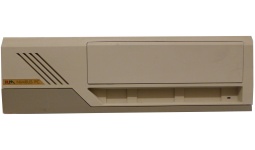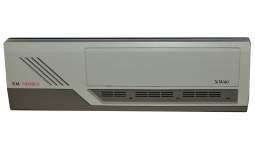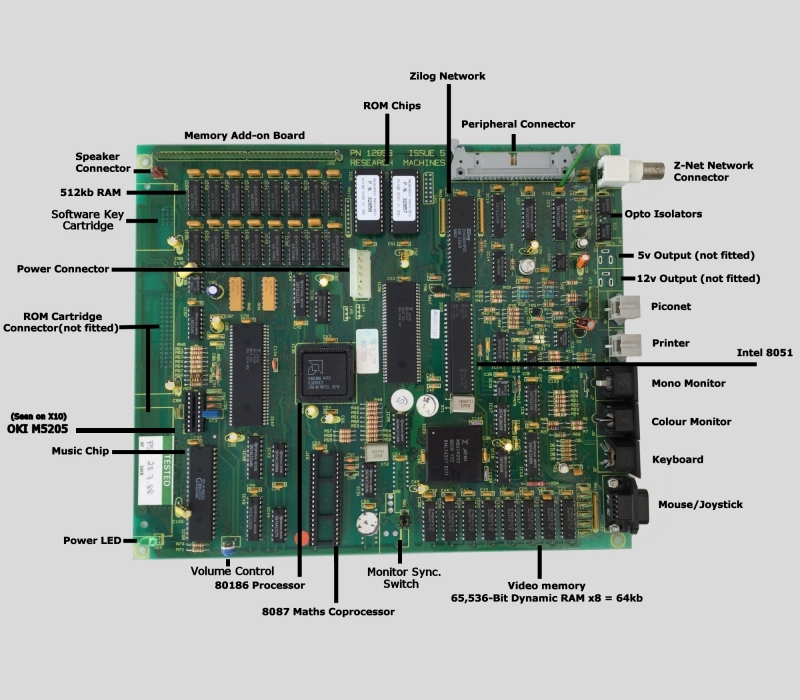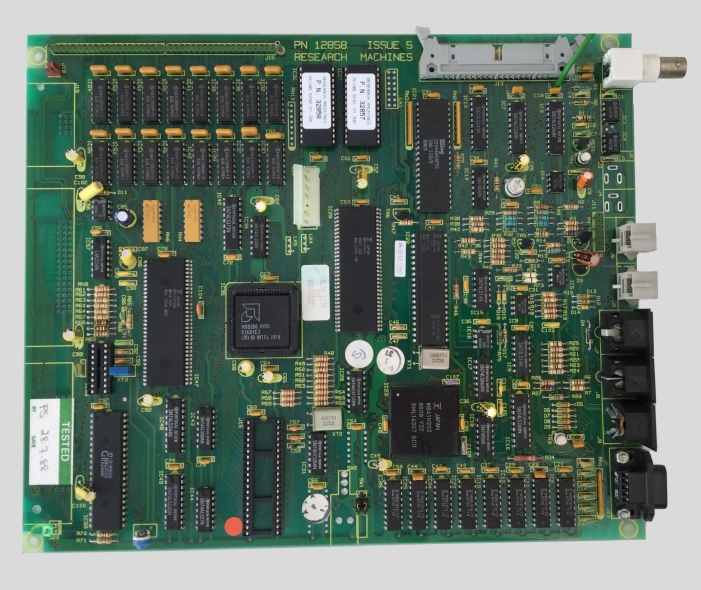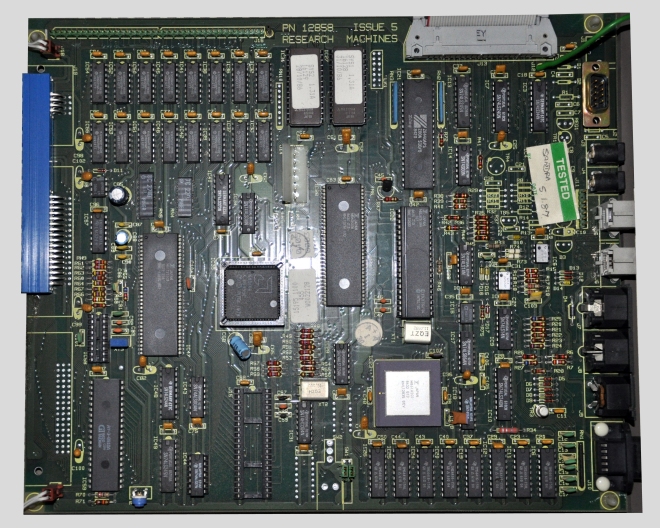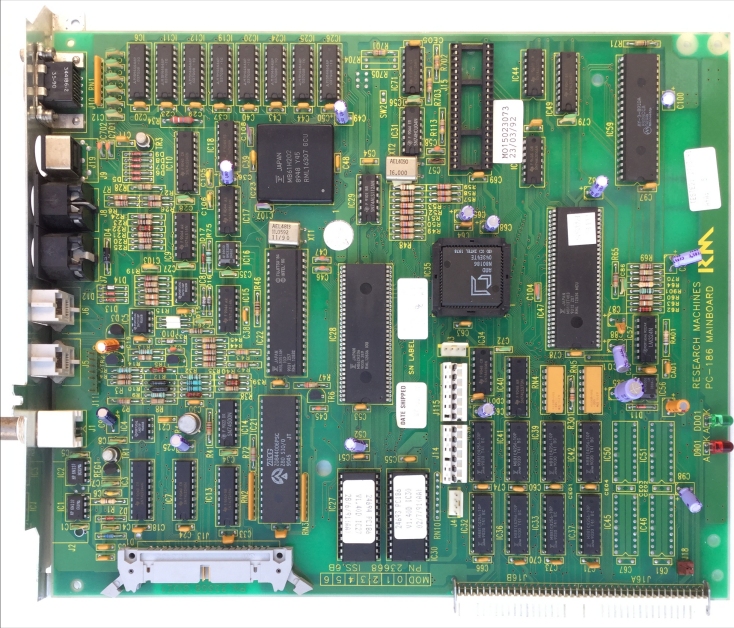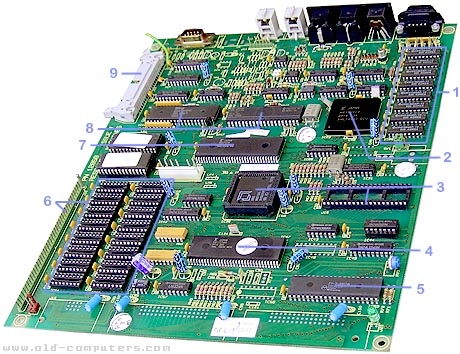 |
W E L C O M E | Version 3.00C |
Nimbus PC |
||
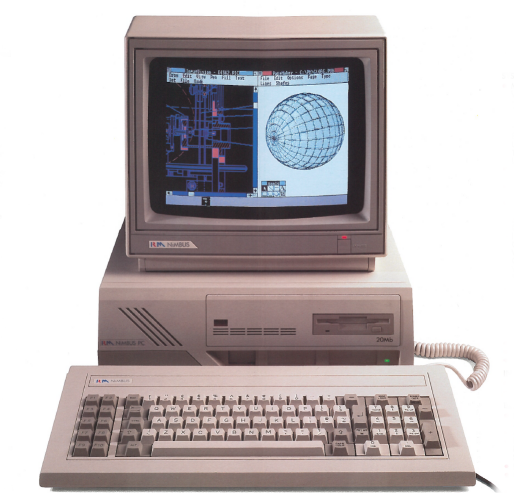 |
PC |
The Nimbus PC was a best-selling high-performance, low-cost 16-bit microcomputer from RM. Nimbus; An optical phenomena (halo) caused by ice crystals in the atmosphere. |
- Intel 80186 with 8Mhz Processor
- Fast LSI (Large Scale Integration) Graphics Controller
- Dual bus architecture for maximum CPU memory bandwidth
- 8051 11Mhz peripheral control
- 8087 8Mhz maths co-processor option
- General Instrument AY-3-8910 music chip
- 512k Standard Memory, expandable to 1.5Mb (workstation)
- 1.5Mb Standard Memory (server)
- 64k Graphics RAM
- System ROMS
- Built-in Speaker - with volume control
- Configuration EEPROM
- 1 DMA Channel
- 4 Expansion I/O Slots
- Built-in Piconet port - Serial and Parallel interfaces
-
Positive or Negative Sync Monitor driver
 Click here for Pinouts
Click here for Pinouts
1985 Launch Prices
MODELMEMORYDISKSSCHOOL PRICEEDUCATION PRICERETAILPC1 128K 1 x 3.5" floppy £945 £945 £1395 PC2 128K 2 x 3.5" f1oppy £1221 £1221 £1695 X10 128K I x 3.5" floppy
I x 10Mb hard disk£2076 £2595 £2595 TN 256K No dlsks
Network Station£745 £898 £1123 SPCN2 256K 2x3.5" floppy
Network Server£2108 £2508 £2635 XN20 256K 1 x 3.5" floppy t3152
I x 201"1b hard dlsk
Network Server£3152 £3552 £3940
My research suggests that the retail price was never expected to be a seller and indeed artificially inflated to make the education price more appealing.
Standard systems came with one or two 3.5"floppy disk drives - or with one floppy drive plus a 10/16 or 20 Mbyte internal Winchester hard disk.
Diskless Network stations(TN) were also available |
|
Further stackable external Winchester hard disk units could be added, like this XW40 40Mb unit |
|
|
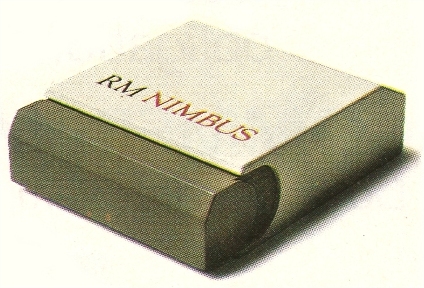 |
CARTRIDGE SLOTS These are cartridges containing permanent copies of programs. They fit into the slots on the front of the Nimbus.
|
| MAINBOARDS The Layout of the mainboard varied throughout the revisions, here is an example:
Other Examples of the original Nimbus PC are as follows: |
||
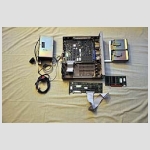




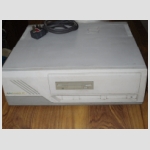
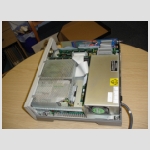
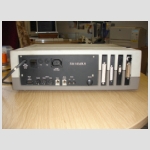
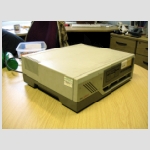
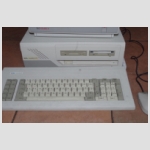
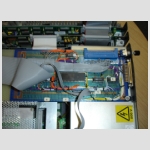
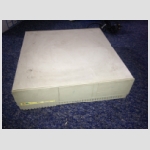
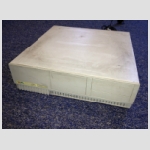
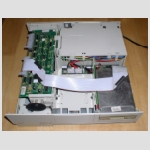
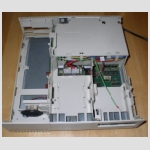
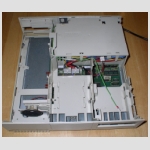
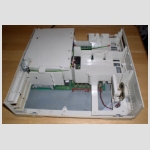
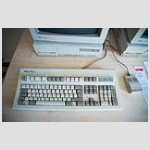
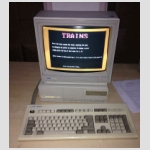
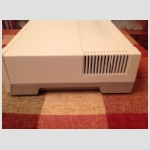
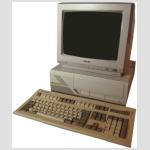
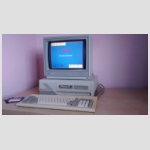
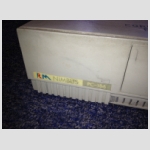
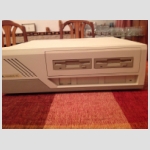
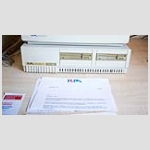
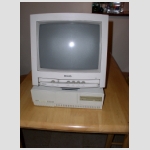
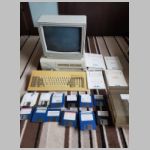
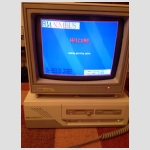
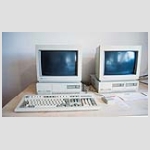

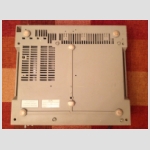
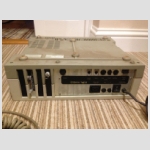
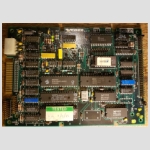
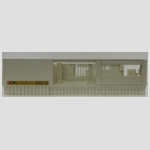
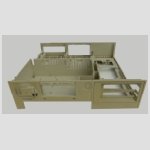
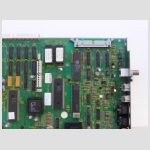
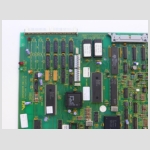
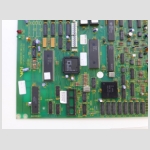

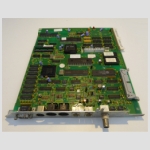
|
 |
Main Menu |
